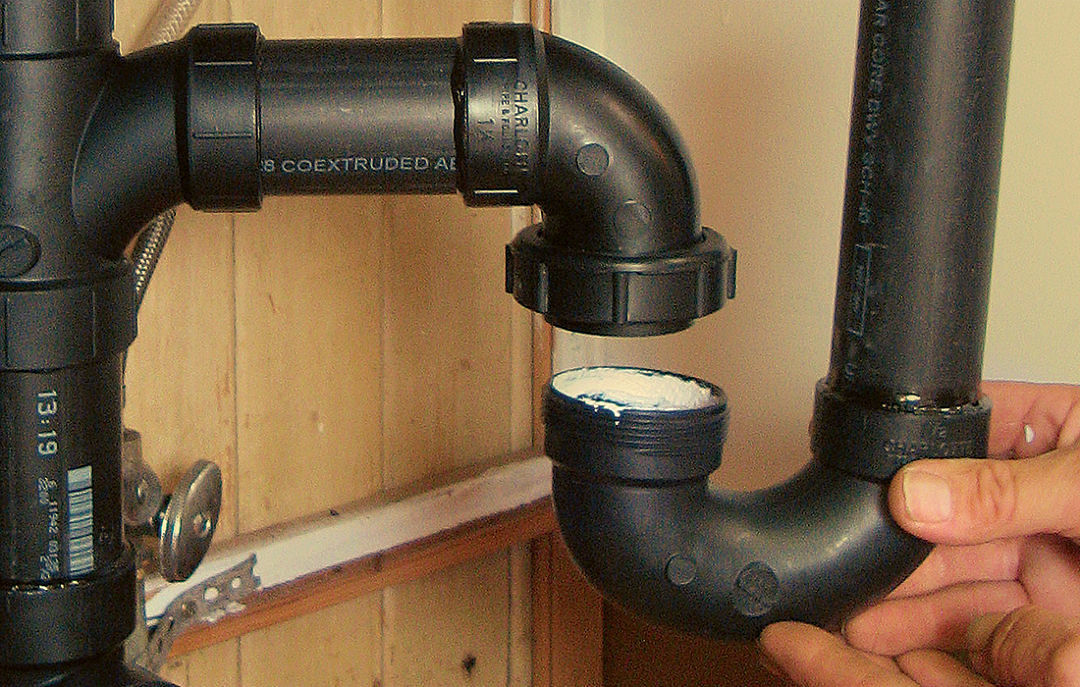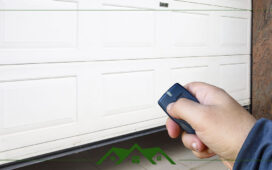If there is a leaking PVC pipe, it is advisable to stick a patch or repair sleeve on the leak. Usually, the complete waste set or individual pipe segments can be easily replaced in the event of damage for quality service.
Material And Tools
- acetone
- Thin rubber gloves
- Fast-curing 2-component acrylate adhesive
- Non-elastic gauze bandage (from the first-aid kit)
- Flat brush
Seal Plastic Pipes
In this case, too, there must be no water in the pipe, and no water must run afterward. If this is ensured, carefully clean the pipe around the damaged area with acetone. The plastic must then be completely dry, clean, and free of oil and grease. Since you don’t have much time to process the adhesive, you should now have all the other materials and tools you need ready.
The acrylate adhesive usually consists of a powdery hardener and a liquid binder. Put all of the powder in a beaker and then add all of the binding resin. Mix both components thoroughly with the spatula to form a homogeneous adhesive. You now have about 10 minutes to repair.
Seal The Flexible Pipe With Adhesive Tape
Self-amalgamating pipe repair tapes are a quick alternative that can also seal flexible drain and supply lines. Apply glue with the flat brush across the width of the gauze bandage around the damaged area. Now wrap the pipe at this point a total of ten times smoothly and tightly with the bandage and apply glue to the repair area again after every second wrap. Finally, cut off the rest of the bandage and fix the end piece with glue.
If the leak is in a fitting or a socket, seal it with. To do this, apply glue about half the bandage’s width, wrap the gauze strip around four times while applying glue to every other layer, and then wrap it back on the pipe.
Here it is rewound a few times with an intermediate application of the adhesive – then it goes back to the socket or fitting and then after a few windings back onto the pipe. There you apply a few more layers of gauze, as described and glue the end of the gauze bandage.
The repair area now needs to harden for about 10 hours. Then the glue is set, and you can start the drain again. After a curing time of 24 hours, lines with a pressure of up to 16 bars can even be put into operation in an emergency. However, you should check them regularly and put them out of use, for example, overnight – the improvised sealing cuff is not intended as a permanent solution.













